It is time to get this par-TEA started! Bad pun? While my puns may not be steeped in good humour, I do know a thing or two about tea. Whether it’s a garden tea party or a rainy night snuggled inside, I always have a cup of tea warming my hands. There’s just not a better feeling than having that cup of liquid magic. And it is magic! Any tea enthusiast can tell you that no two teas are alike. The various categories of tea not only provide a myriad of taste, but can also be classified by mood and brewing specifics. With that being said, tea drinking should never be made into rocket science, but it should be prepared to ensure the flavour notes and composition of the leaves are brought out. After all, tea is almost indiscernible from Cottagecore. We just can’t have one without the other. Here’s your beginner’s guide to learning all about tea (after all tea drinkers tend to get the most work done because they are full of creativi-TEA).
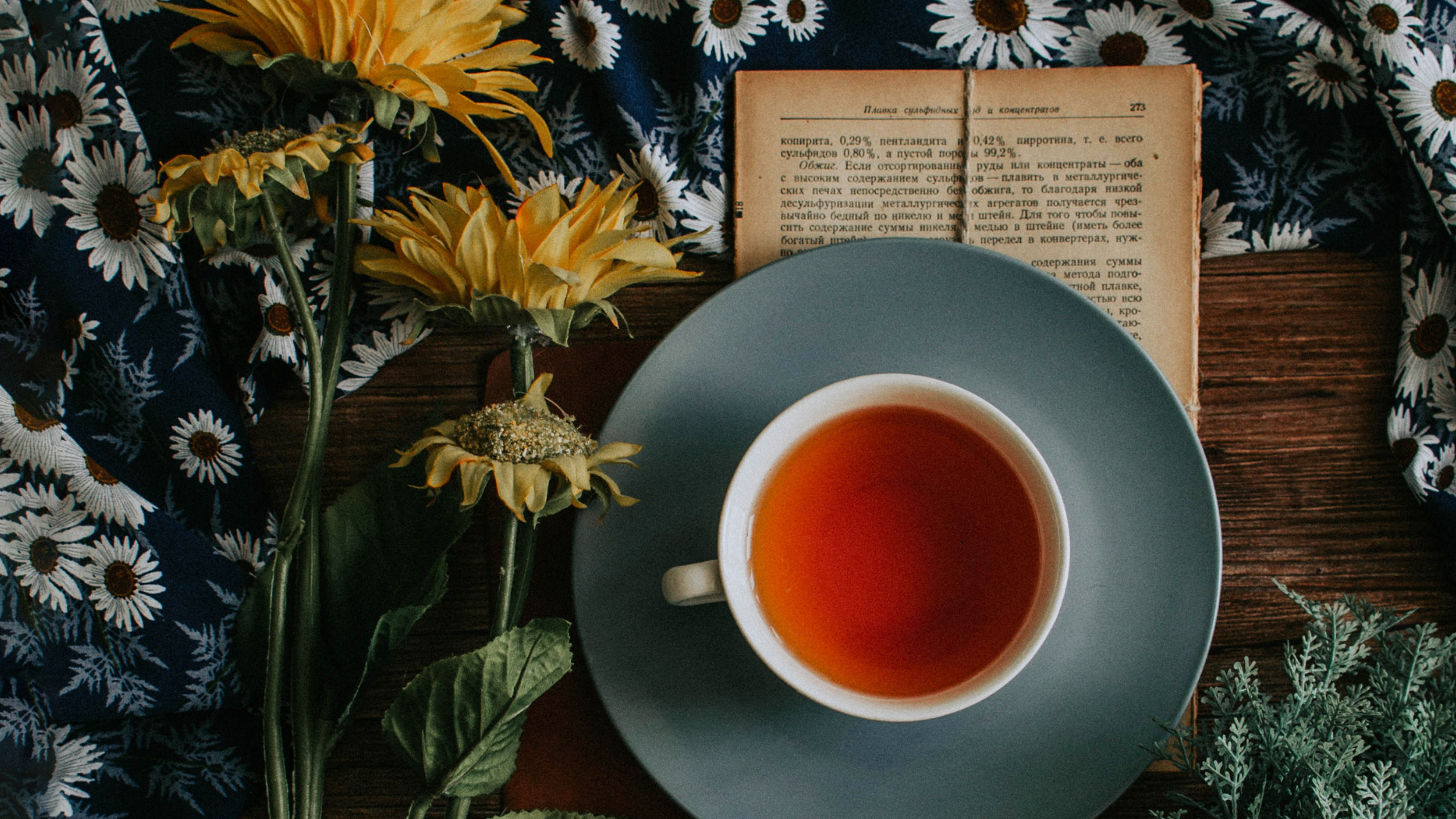
Green Tea
Also known as the ‘health’ tea, green tea can help lower the risk of lifestyle diseases such as diabetes, heart disease and reduce blood sugar levels. When harvested, the leaves are dried to reduce moisture before being pan fired or steamed. This process replaces oxidization.
- Taste: grassy, vegetal, buttery, floral, herbaceous, sweet
- Mood: used when exhausted
- Brewing method: 1tsp at 160 – 180F for 1 minute
- Cups per day: 3 – 5 cups for optimum health benefits
- Types: Sencha, Matcha, Gyokuro, Jasmine Green Tea, Dragon Well Green Tea
- Benefits: lower risk of cancer, boost immunity, prevent tooth decay, improves brain function
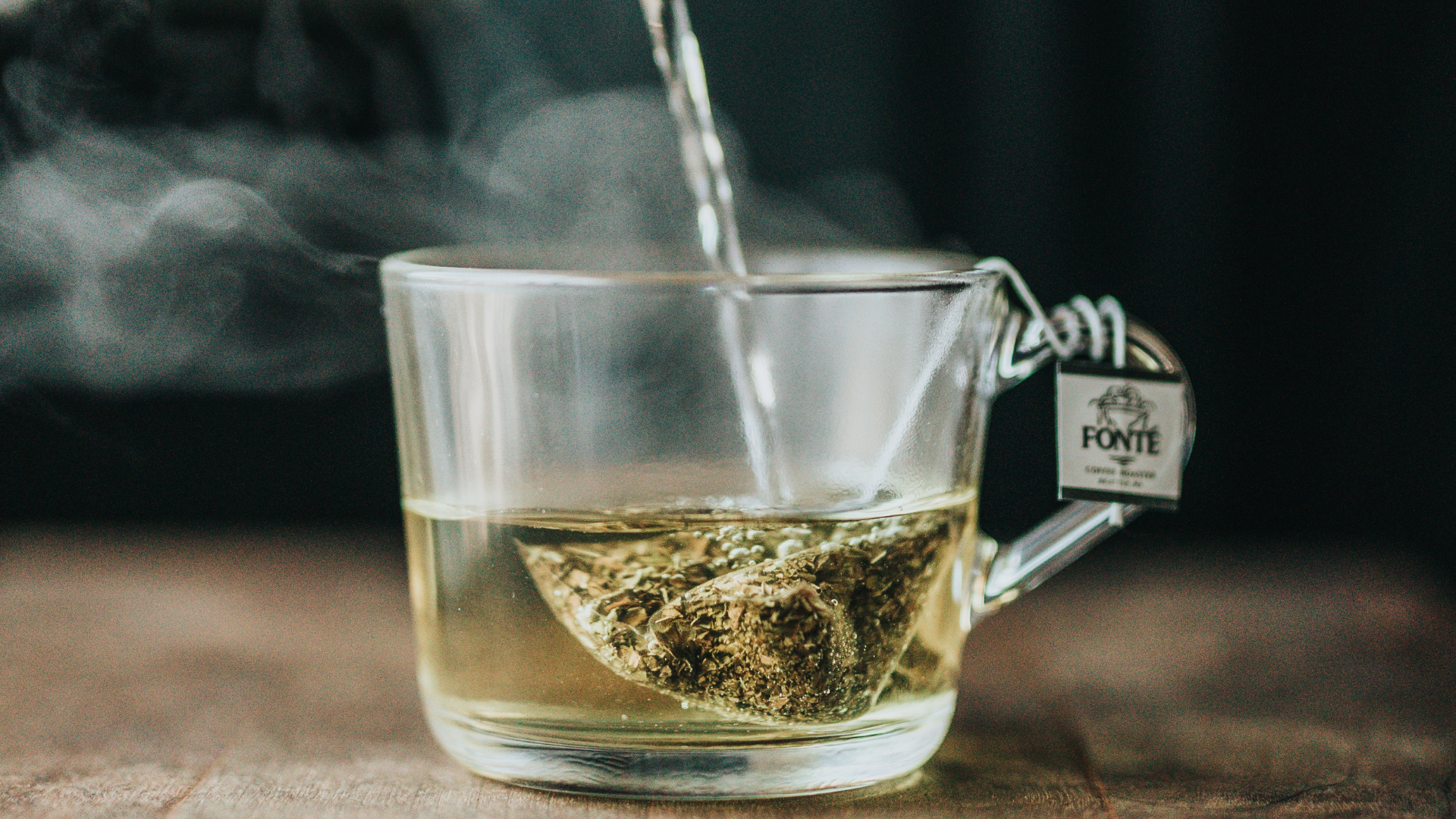
Black Tea
Black tea, originally known as red tea or hong cha, are withered, rolled, oxidized and dried. This process gives the tea its classic reddish to dark brown hue. It contains more caffeine than green tea, but the aroma and taste are bold and robust.
- Taste: citrus, malty, chocolate, spice, nutty, bitter
- Mood: for energy
- Brewing method: 1tsp at 190 – 212F for 2 - 5 minutes
- Cups per day: No more than 2 cups
- Types: Keemun, Earl Grey, Assam, Darjeeling, English Breakfast, Chai
- Benefits: prevents kidney stones, relieves asthma, boost cardiovascular health, reduces the level of stroke
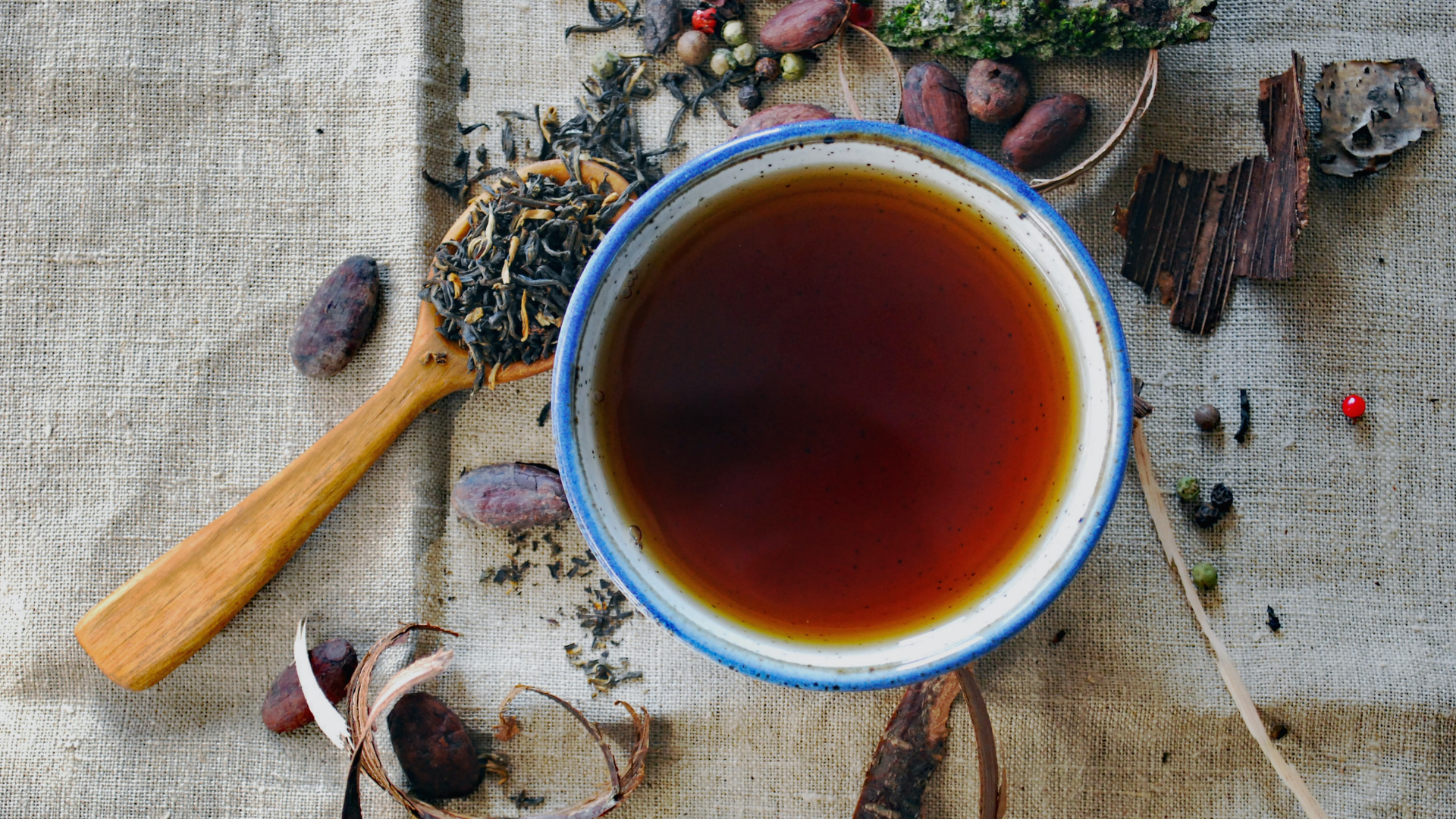
White Tea
Produced from only baby tea leaves, this tea is harvested by being dried in the sunlight. White tea is rich in antioxidants, anti-aging and is an effective tool for healthy teeth and gums.
- Taste: naturally sweet, floral, subtle flavour profile
- Mood: for peace
- Brewing method: 1tsp at 155 – 165F for 3 - 5 minutes
- Cups per day: 2 – 4 cups
- Types: Fujian New Craft, Yi Zhen Bai Hao (Silver Needle), Gongmei (Tribute Eyebrow), Bai Mu Dan (White Peony), Shou Mei (Long Life Eyebrow)
- Benefits: help combat skin aging, reduces cholesterol, lower the risk of insulin resistance, weight loss method

Oolong Tea
The reason Chinese tea is so good is because it takes a very oolong time to prepare. The harvest includes the leaves being withered, rolled, oxidized for a short time and then dried. A special characteristic of this tea is that it is fermented, but stopped early by applying heat.
- Taste: least oxidized oolong teas offer a floral, fruity and sweet taste with a honey aroma where as heavily oxidized oolong teas are malty and woody with a roasted aroma
- Mood: to focus
- Brewing method: 2tsp at 200 – 205 F for 2 - 3 minutes (longer steep increases flavonoids)
- Cups per day: 2 – 3 cups
- Types: Phoenix Oolong, Dragon Eye Oolong, Wuyi Oolong, Ti Kuan Yin, Gaoshan
- Benefits: improves sleep, lowers blood pressure, prevents ovarian cancer, helps with stress management
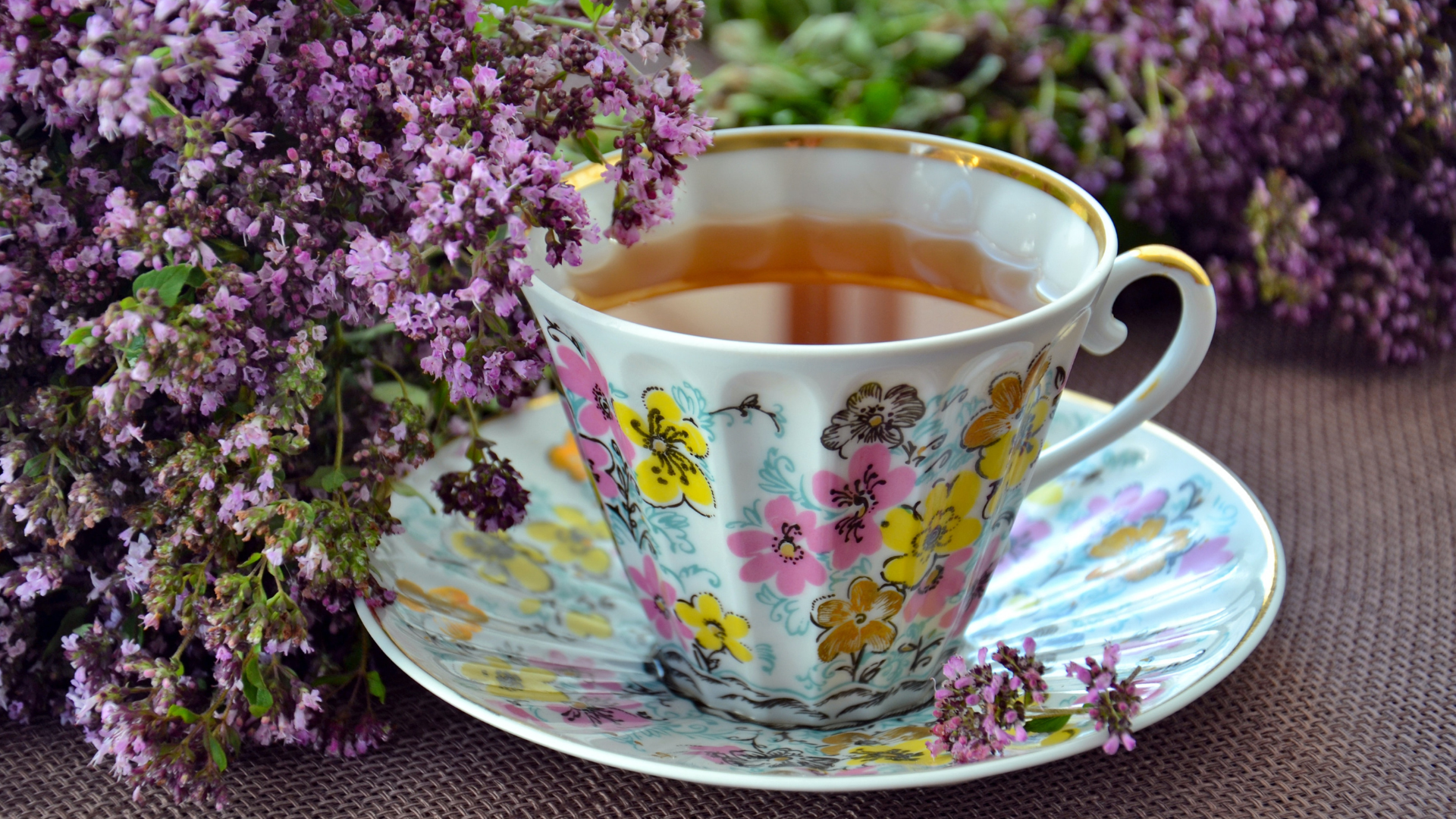
Pu-erh Tea
Pu-erh, also spelt Pu’er, is uniquely made as it is a post oxidized tea. The harvest process is similar to black tea and oolong tea, however, this tea is aged for years. Like fine aged wine, some of the best quality Pu-erh tea are aged for fifty years or more.
- Taste: strong flavour notes which can either be sweet and floral or bitter
- Mood: mysterious and enigmatic
- Brewing method: 1tsp at 208 – 212F for 2 - 4 minutes
- Cups per day: No more than 3 cups
- Types: Sheng Pu-erh, Shou Pu-erh
- Benefits: blood sugar control, cleanse tissues, reduces stress, maintains bone health
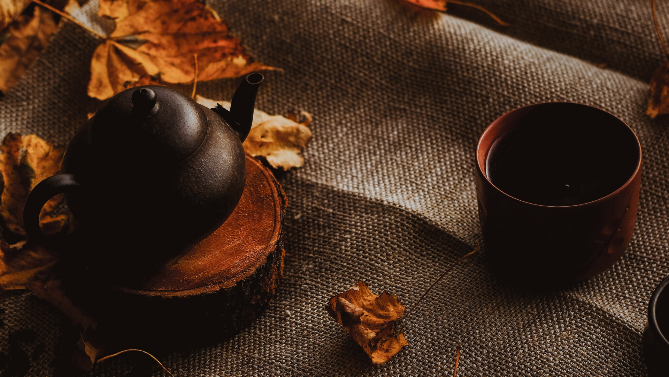
Herbal Tea
Herbal tea, or more popularly known as herbal tisanes, is made without using any leaves from the Camellia sinensis plant (the leaf buds of this plant are used to produce tea). Instead, flower buds, stems and roots of various plants can be used.
- Taste: root teas tend to be spicy and earthy, floral teas are sweet, citrus teas are tangy and tart.
- Mood: varies with the type of tea. Ginger is used when feeling uncomfortable (also a remedy for sore throat). Lavender for sleep. Lemon or orange for anger. Peppermint when uneasy. Chamomile when stressed.
- Brewing method: 2tsp at 200 – 212F for 3 - 4 minutes
- Cups per day: Caffeinated teas – no more than 2 cups. Non-caffeinated teas – 6 to 8 cups
- Types: Hibiscus, Sage, Rooibos, Eucalyptus, Tumeric
- Benefits: Chamomile reduces menstrual pain, Fennel improves digestion, Cinnamon lowers cholesterol, Stinging Nettle fights seasonal allergy
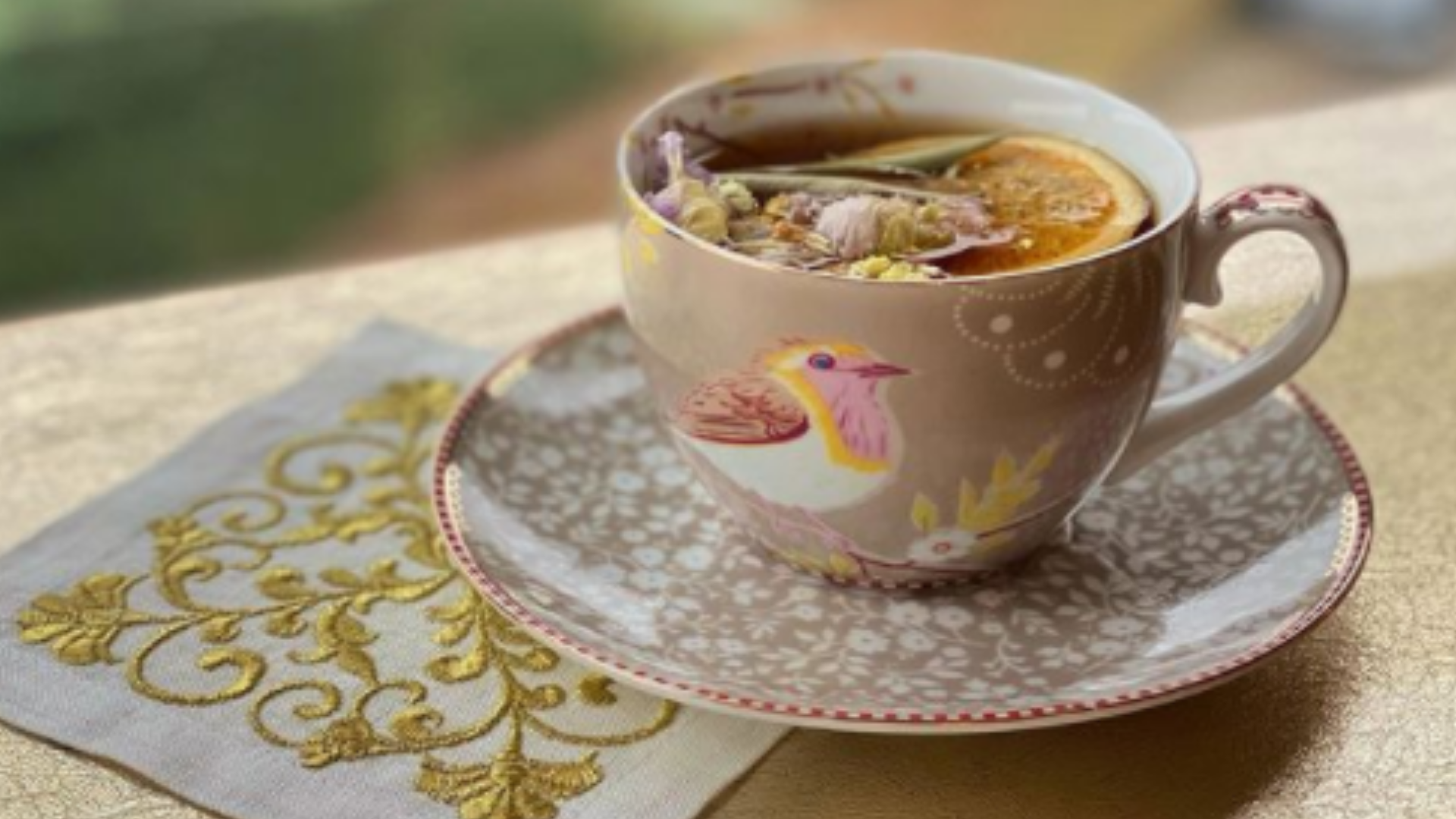
Photo by @ssistersblog
Time of day for Tea Drinking
A general rule of thumb is that tea should not be consumed in the morning or on an empty stomach unless it is a light tea. Therefore, tea drinking should be started until after breakfast as a full stomach would help in not absorbing as much caffeine. Having morning tea, however, is a very efficient routine as it helps rehydrate the body, clean the stomach and mitigates indigestion. If a combination of different teas is being consumed, then 2 to 3 cups per day is recommended.
- Morning: White Tea, Herbal Tea
- Afternoon: Green Tea, Black Tea, Oolong Tea
- Night: Pu-erh Tea (ripe), Fermented Tea
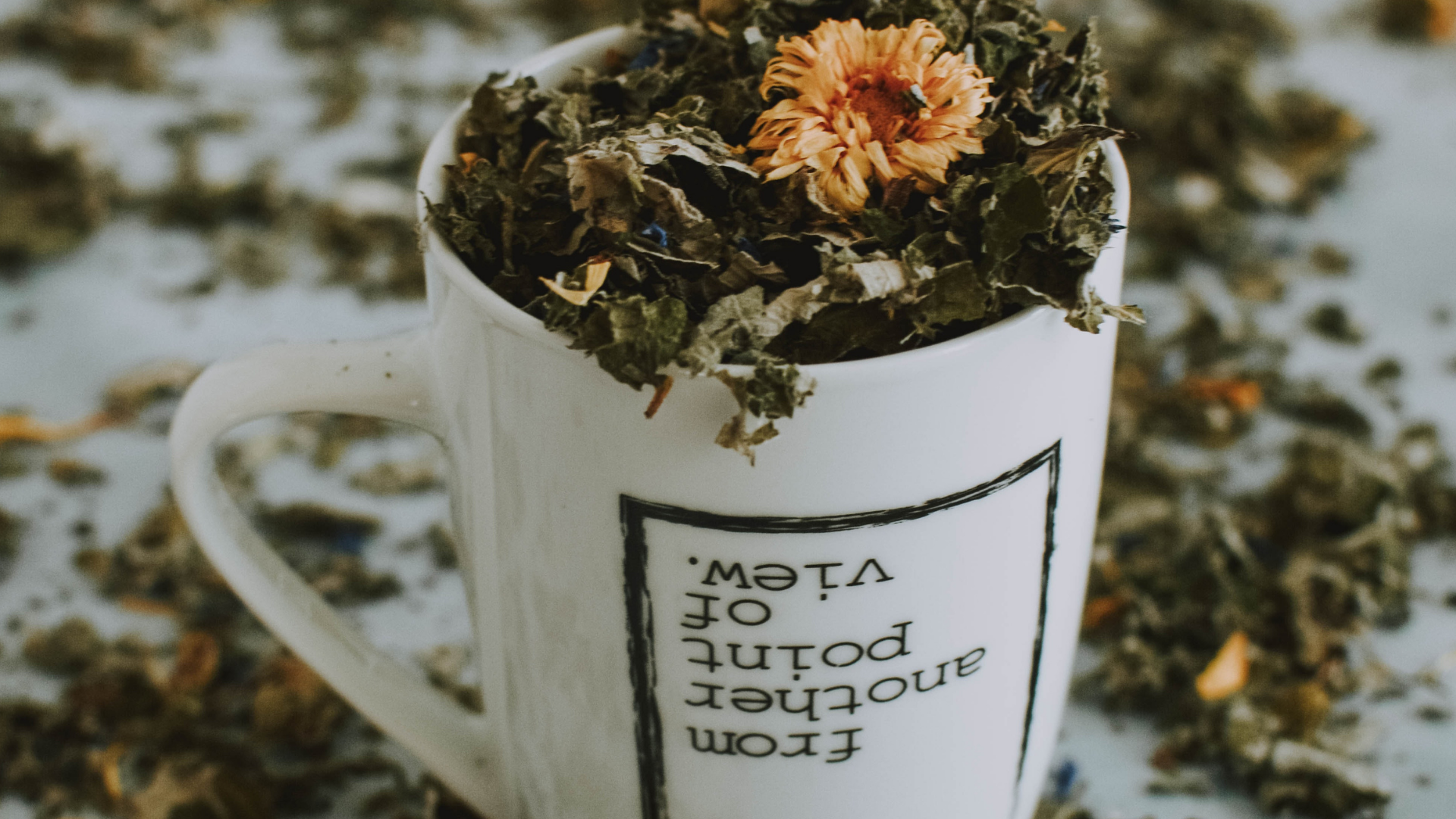
An important factor to remember is that this is a beginner’s guide. There are many other types of teas for each category listed above (such as Chamomile herbal tea and Congou black tea) as well as blends. The characteristics listed are dependent on the horticulture and style of production. That is to say, there can be nuances in taste according to the type of tea and the brand you use. As for the brewing method, if you require a stronger taste, feel free to add more tea leaves to your brew, but the time and temperature should generally remain the same. You should also create a tea that is palatable to you, which may require adding milk (non-dairy or otherwise), sugar, honey or any other sweeteners. Don’t be shy, give it a chai! These six categories of teas are just scratching the surface of the world of teas. Some other categories that are worth trying include: Wuyi tea, Compressed tea, Yellow tea and Fermented Tea.
So, what’s your cup of tea?
Written by Shania Loorkhoor

Comments powered by Talkyard.